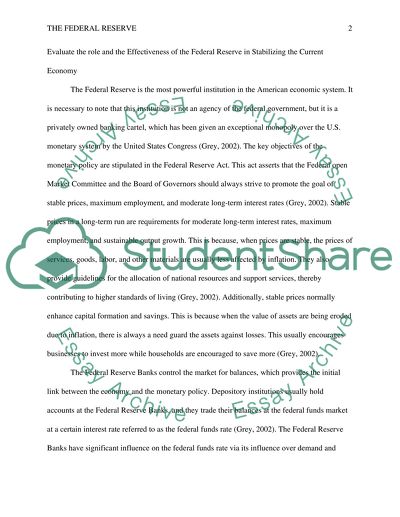Cite this document
(The Federal Reserve Essay Example | Topics and Well Written Essays - 1750 words, n.d.)
The Federal Reserve Essay Example | Topics and Well Written Essays - 1750 words. https://studentshare.org/macro-microeconomics/1609397-the-federal-reserve
The Federal Reserve Essay Example | Topics and Well Written Essays - 1750 words. https://studentshare.org/macro-microeconomics/1609397-the-federal-reserve
(The Federal Reserve Essay Example | Topics and Well Written Essays - 1750 Words)
The Federal Reserve Essay Example | Topics and Well Written Essays - 1750 Words. https://studentshare.org/macro-microeconomics/1609397-the-federal-reserve.
The Federal Reserve Essay Example | Topics and Well Written Essays - 1750 Words. https://studentshare.org/macro-microeconomics/1609397-the-federal-reserve.
“The Federal Reserve Essay Example | Topics and Well Written Essays - 1750 Words”. https://studentshare.org/macro-microeconomics/1609397-the-federal-reserve.


